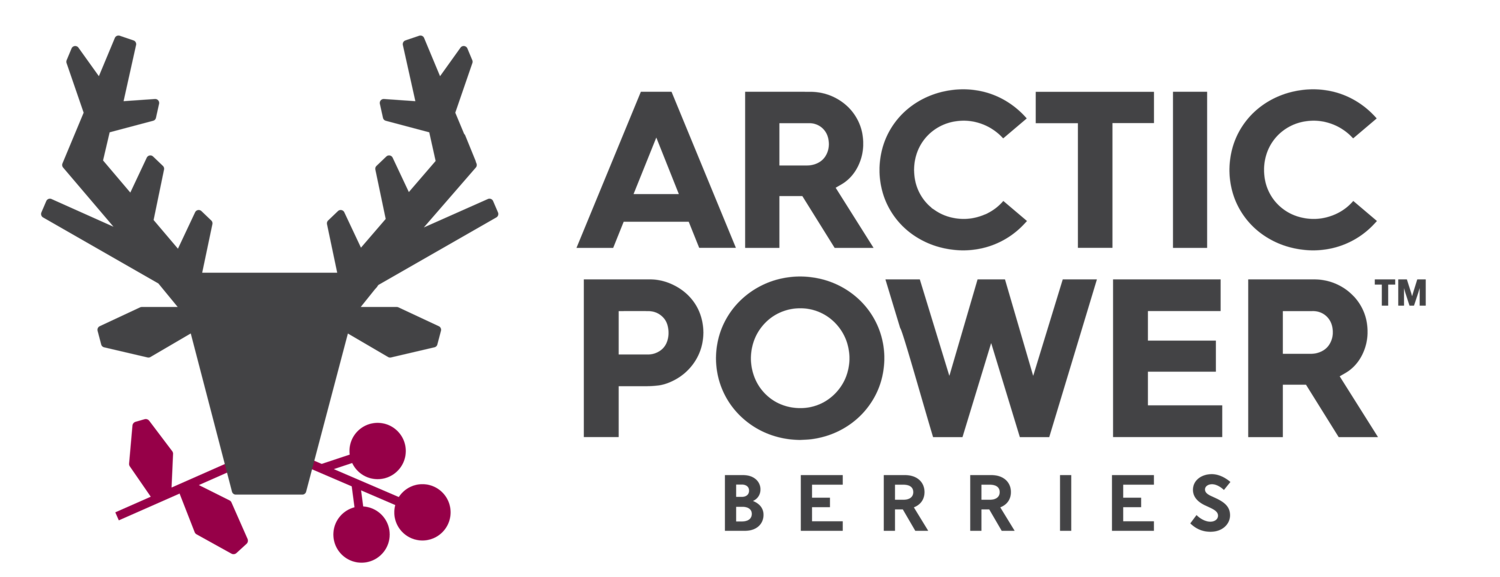Our Nutritionist covers: How to get enough iron?
Hot on the wheels of the The Game Changers Movie – the hotly debated documentary, that focuses on plant based diets and athletes – your attention may have been drawn to the few nutrients that we need to pay special attention to if we’re looking to eat a plant-based diet.
One of these nutrients is iron. In the past, iron has always been associated with meat and meat eating has been touted as the way to ensure you get enough iron into your body. As iron is an essential mineral your body needs to function properly – so ensuring sufficient intake is important – but meat has nothing to do with it.
Learning about plant-based diets and how to make them balanced is such an important topic that I can’t wait to dig in to a crucial element of balance here.
It’s not about single nutrients but about how these single nutrients work together to bring you that balance. Interestingly, other foods you consume influence how much iron is actually absorbed into your body – so focusing on a single nutrient is not the right approach, instead, we need to look at the diet as a whole and recognise the nutrients that work well together – and the ones that work against each other – in terms of absorption and balancing the nutrient reserves.
Once the iron is absorbed by your body, it’s used as a building block for haemoglobin, a protein found in red blood cells that helps transport oxygen around your body. It’s also a component of myoglobin, a protein stored in your muscles that stores oxygen. This oxygen is used when you use your muscles.
If you are not getting enough iron in your diet, you may be left feeling tired, gray and short of breath.
“If you are not getting enough iron in your diet, you may be left feeling tired, gray and short of breath.”
WHERE TO GET IT?
In foods, iron is present in two forms: haem and non-haem.
Here, we are going to be focusing on non-haem iron, the sources and ways to improve absorption.
Absorption of non-haem iron is affected by various elements in food. Phytate (in cereals and pulses), fibre, tannins and calcium can all bind non-haem iron in the intestine, which reduces absorption. Conversely, vitamin C, present in berries, fruits and vegetables, assists the absorption of non-haem iron when eaten at the same time.
Good sources of non-haem iron include:
Lentils
Chickpeas
Beans
Tofu
Cashew nuts
Chia seeds
Ground linseed
Hemp seeds
Pumpkin seeds
Kale
Dried apricots, dried figs, raisins,
Quinoa
Fortified breakfast cereal
As mentioned earlier, there are ways to improve the absorption of the non-haeme iron you consume and I’ll give you a few tips here now:
Avoid drinking tea or coffee with your food
Consume an iron rich source at every meal
Ensure 1 source of vitamin C with every meal



